I have ten devices that I need to connect in a loop so they can send data from one device to the next until it returns to the original device. The devices are about 5 inches apart.
They are all 5V UART signals (1M Baud). The 10 devices are connected to power and ground in a star topology. It is basically a circle with each device evenly spaced along the edge with the power coming from the center.
My question is, should each data signal be accompanied by a ground wire or should the power grounds be relied upon?
Having grounds with the data signal creates loops but not using grounds makes the data signal far from any ground increasing inductance.
I'm thinking it is better to not have the ground wires, but I don't know what the best practice is.

